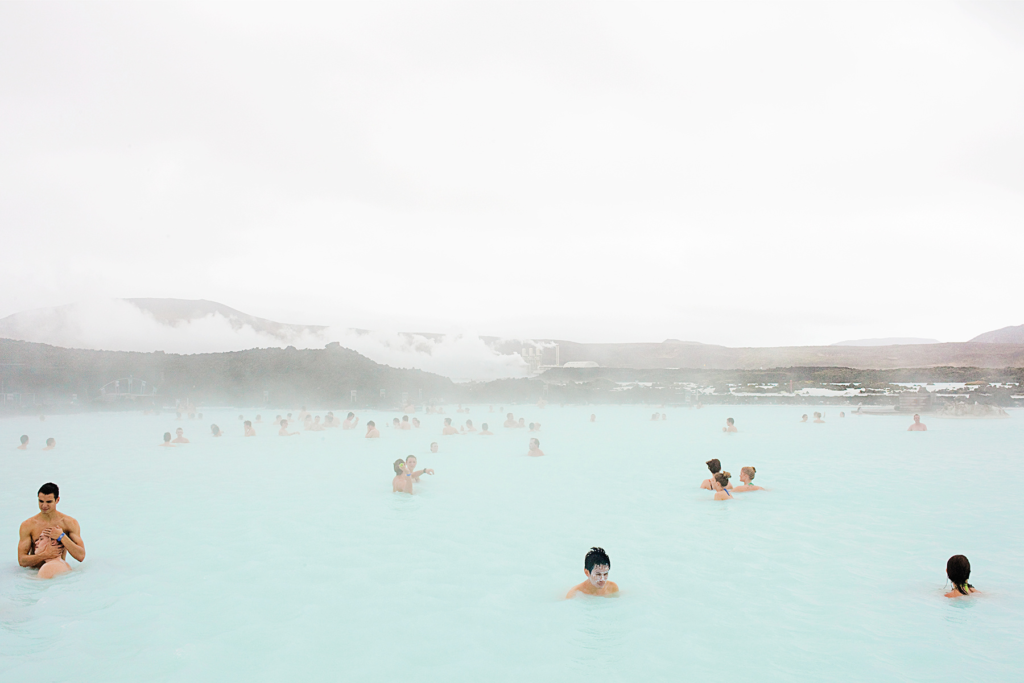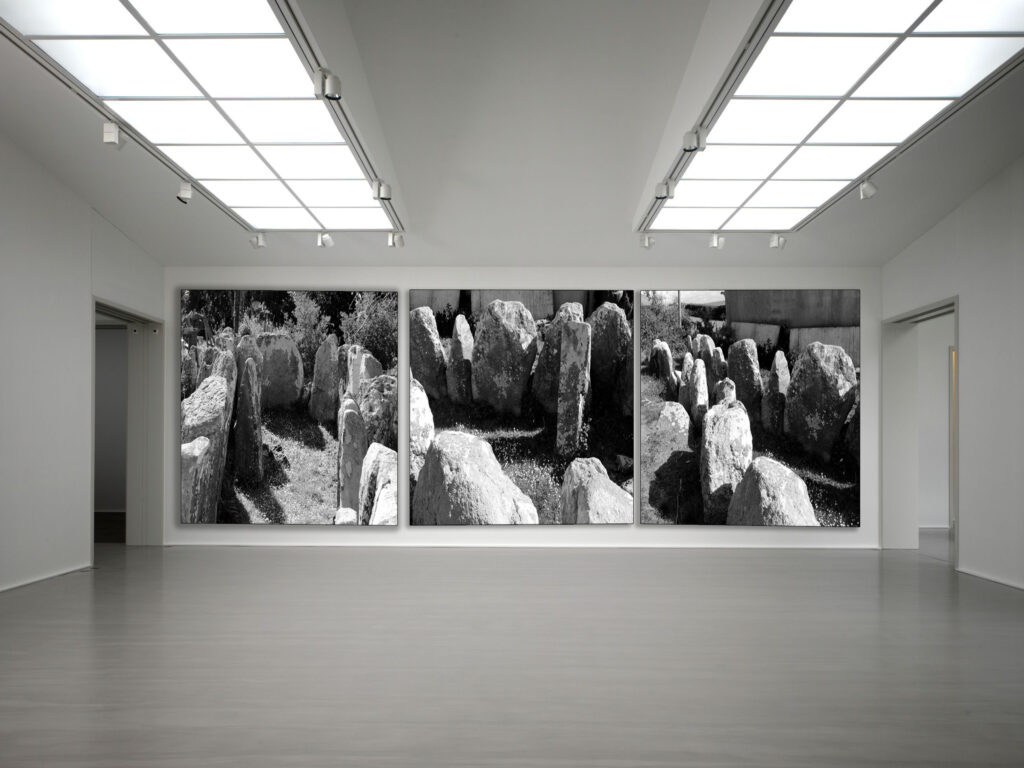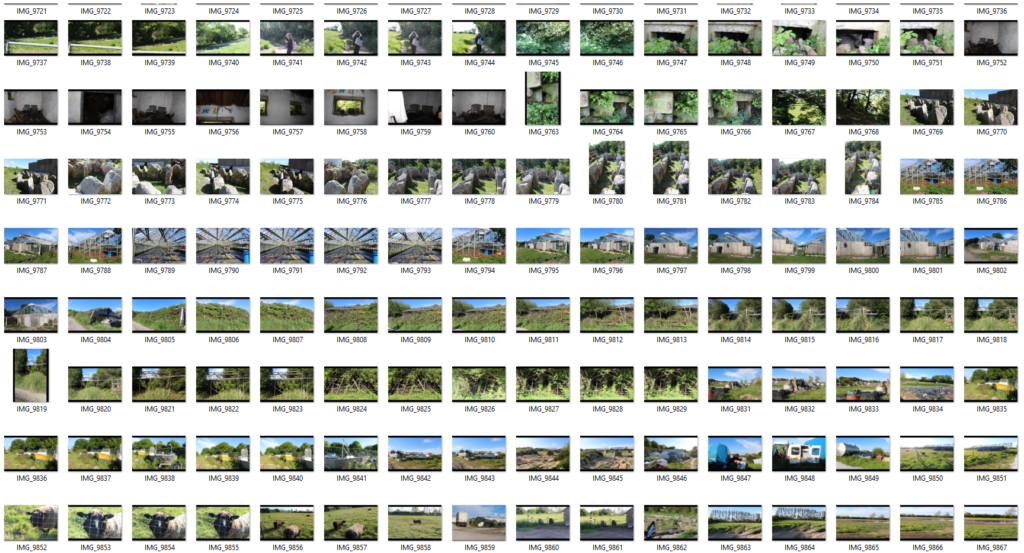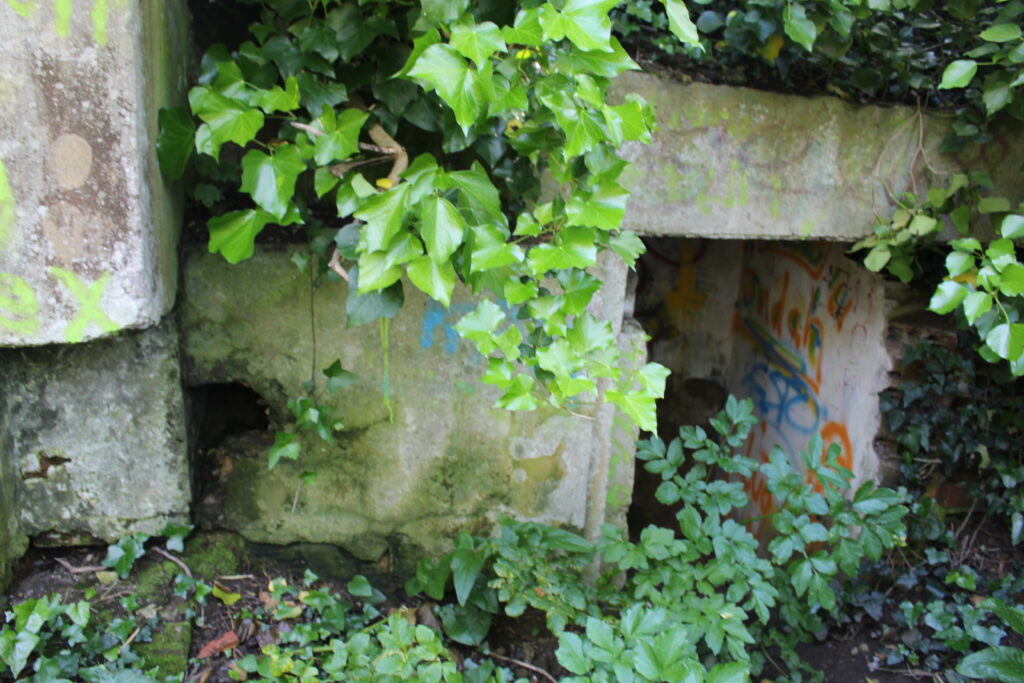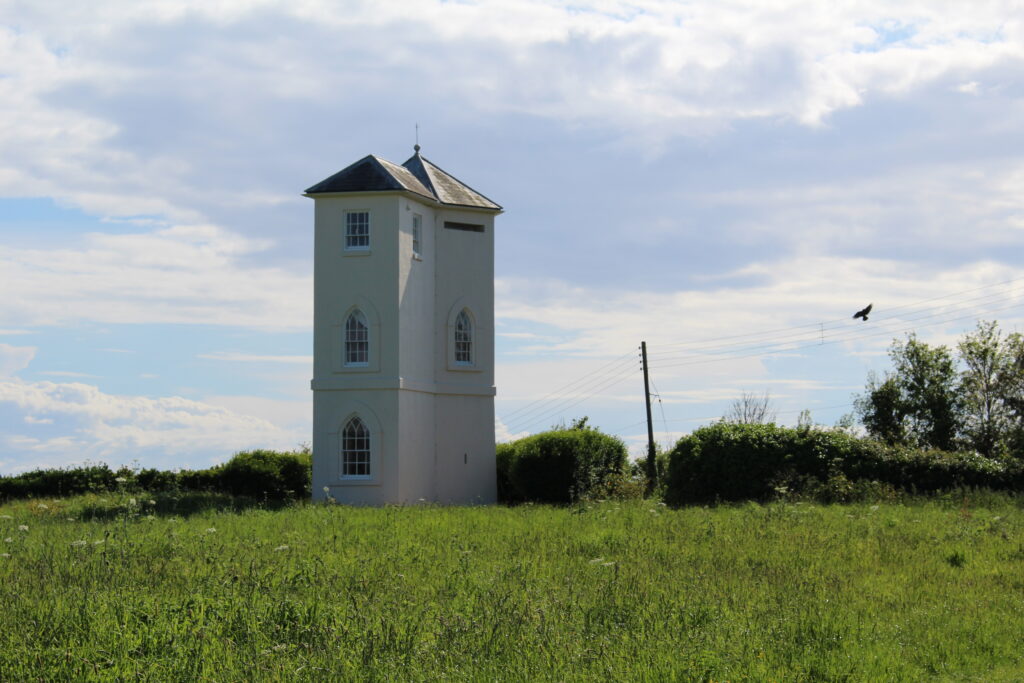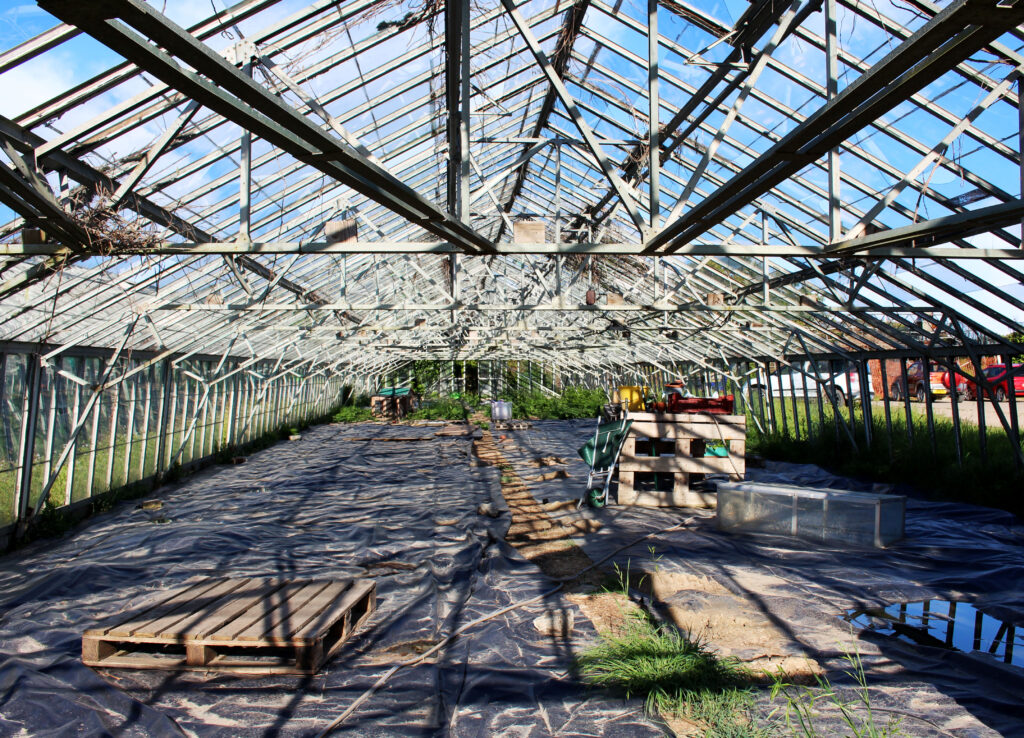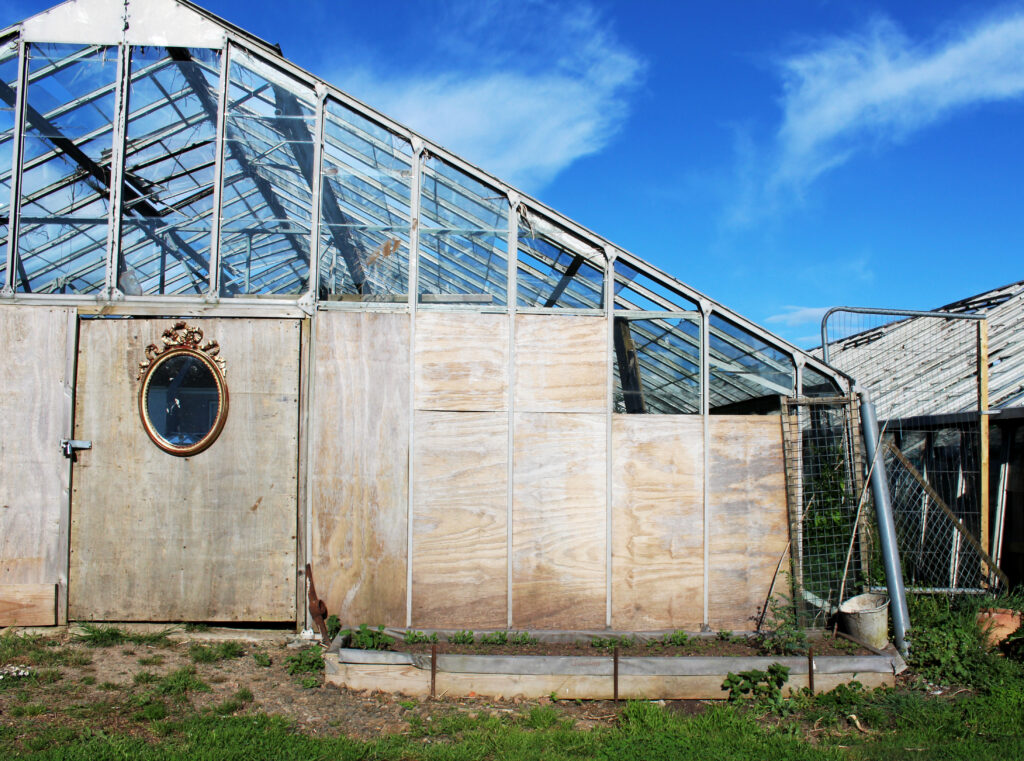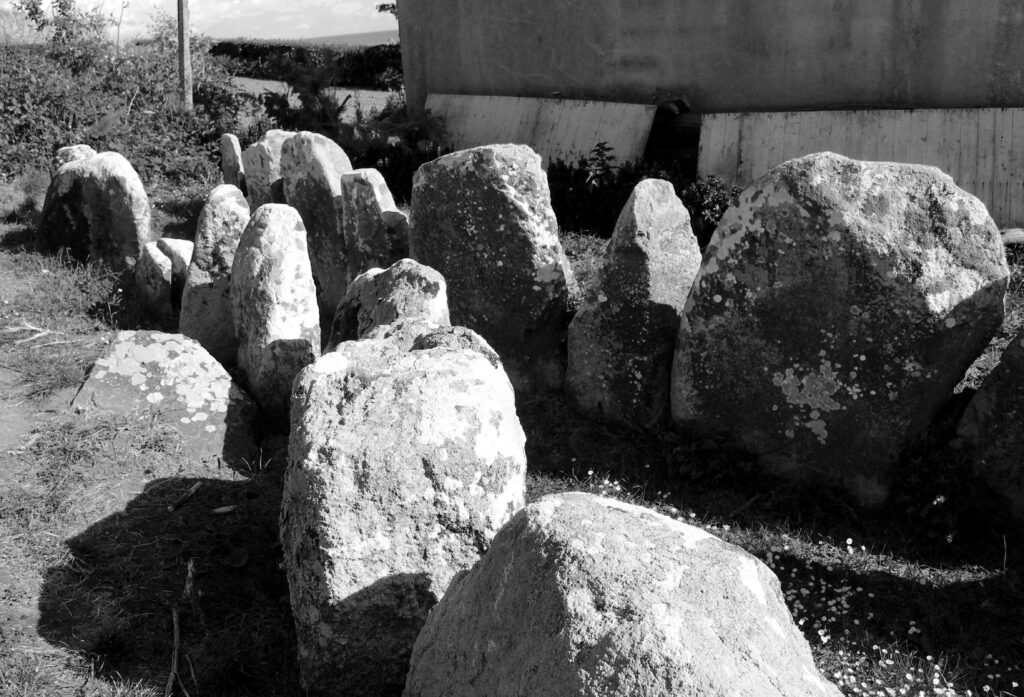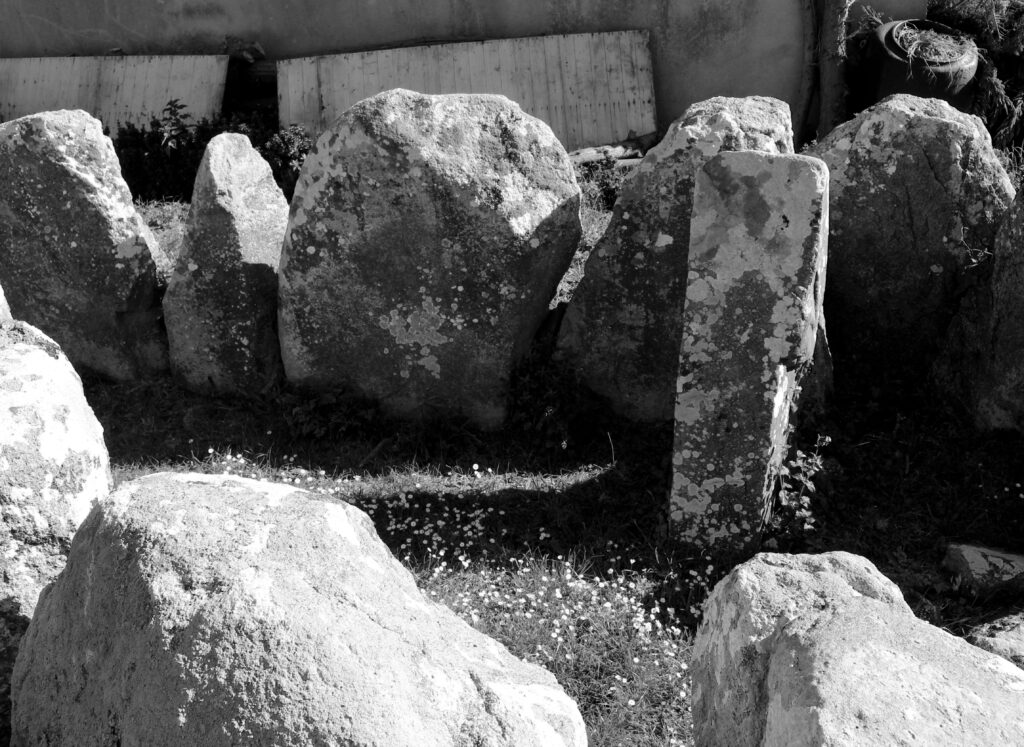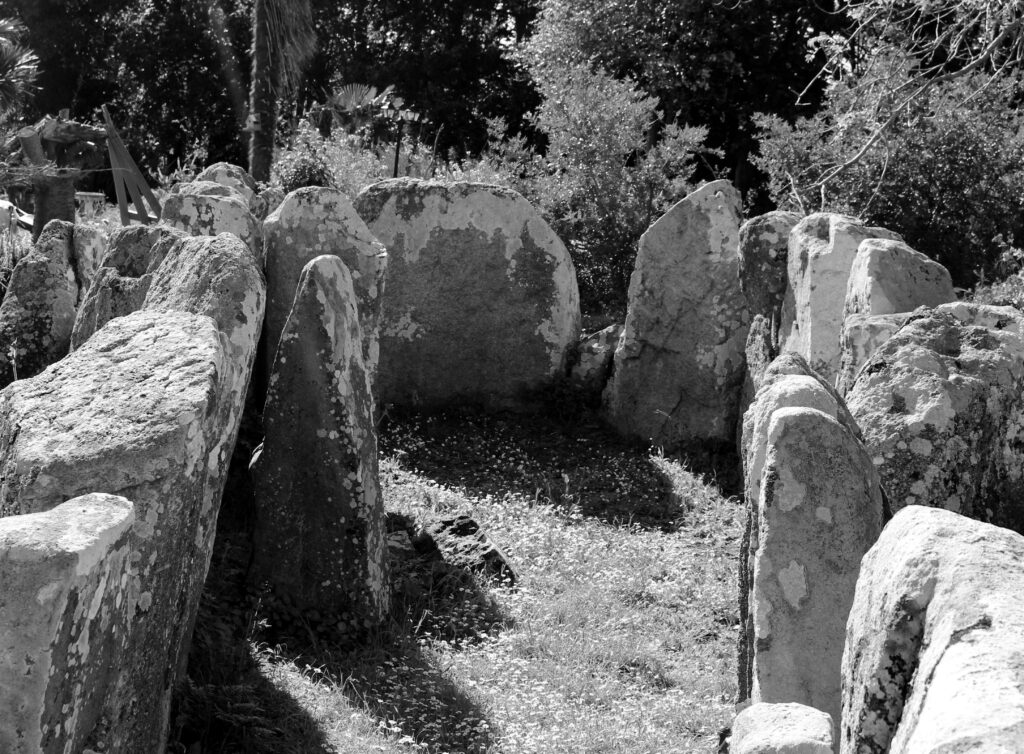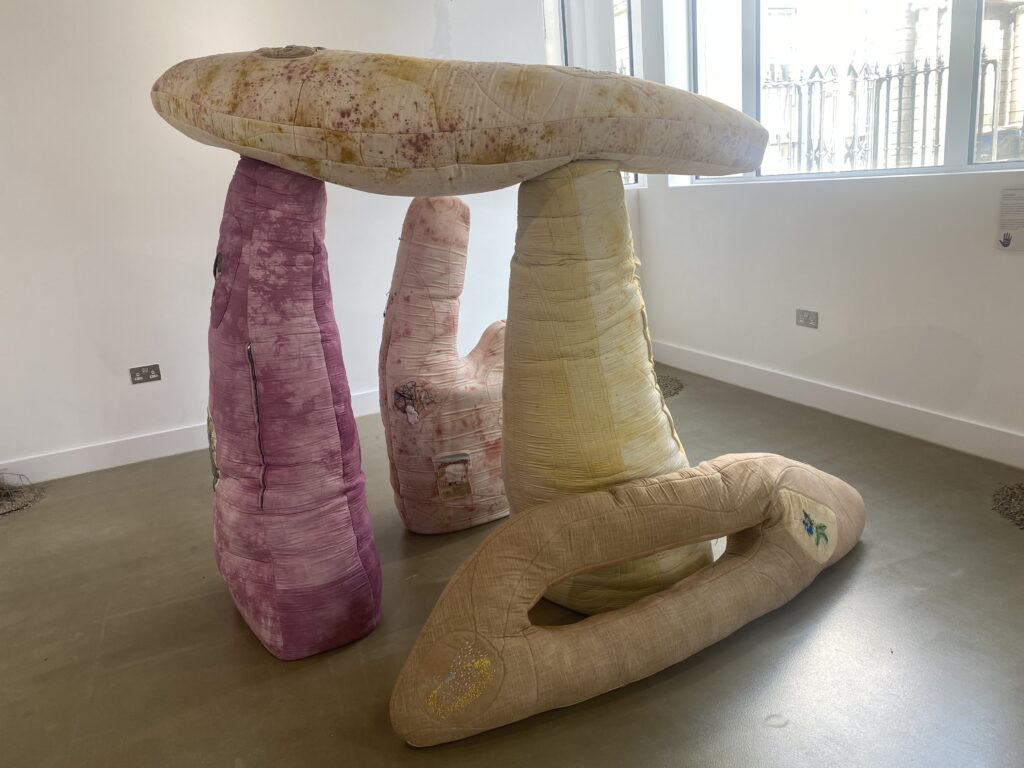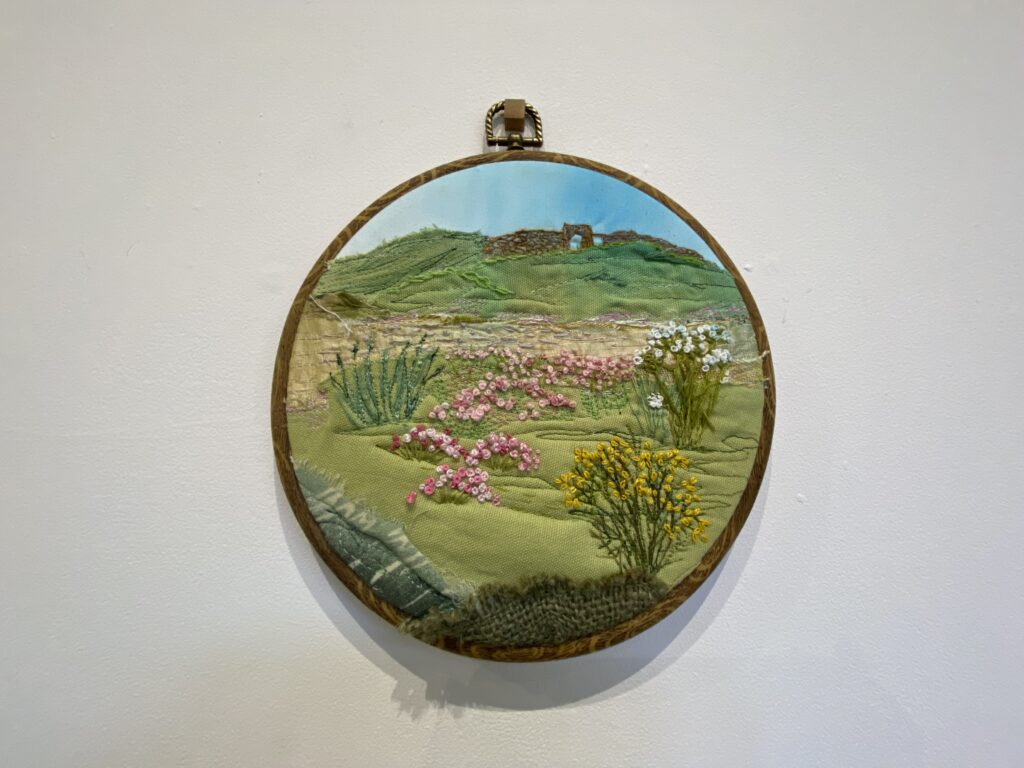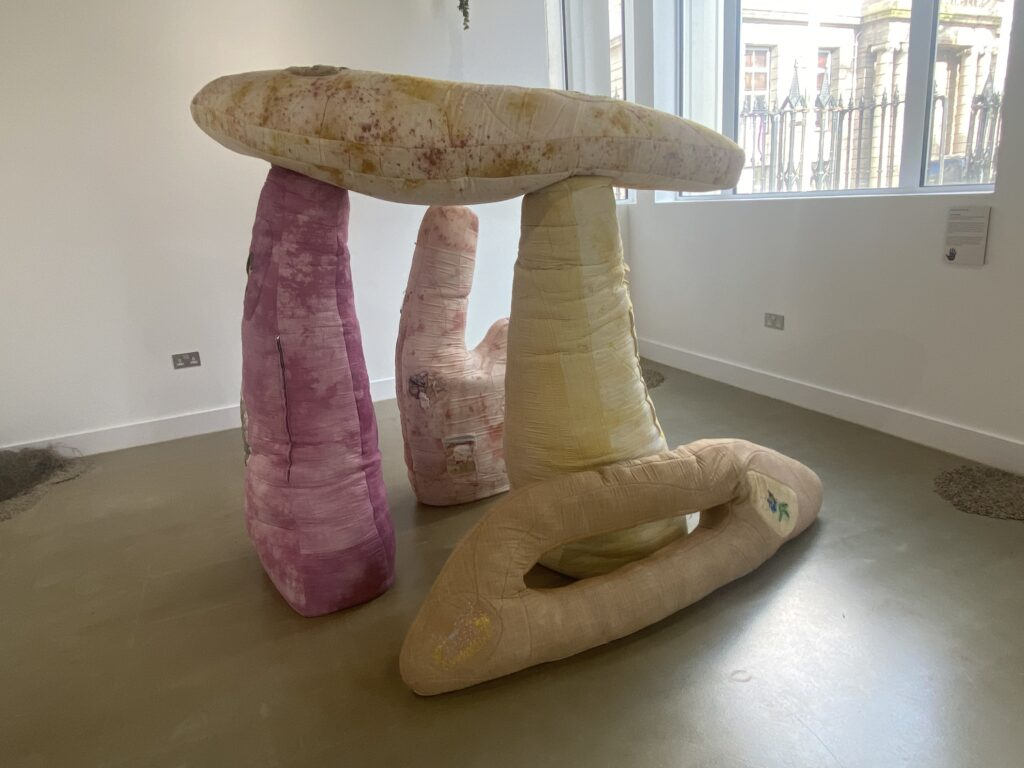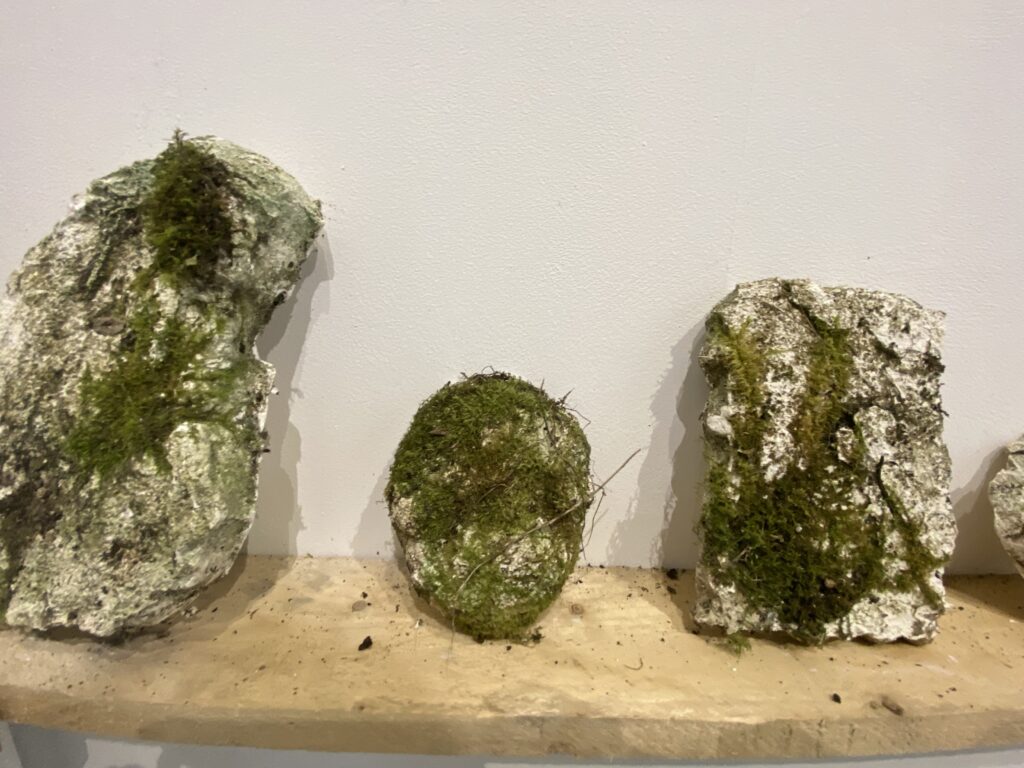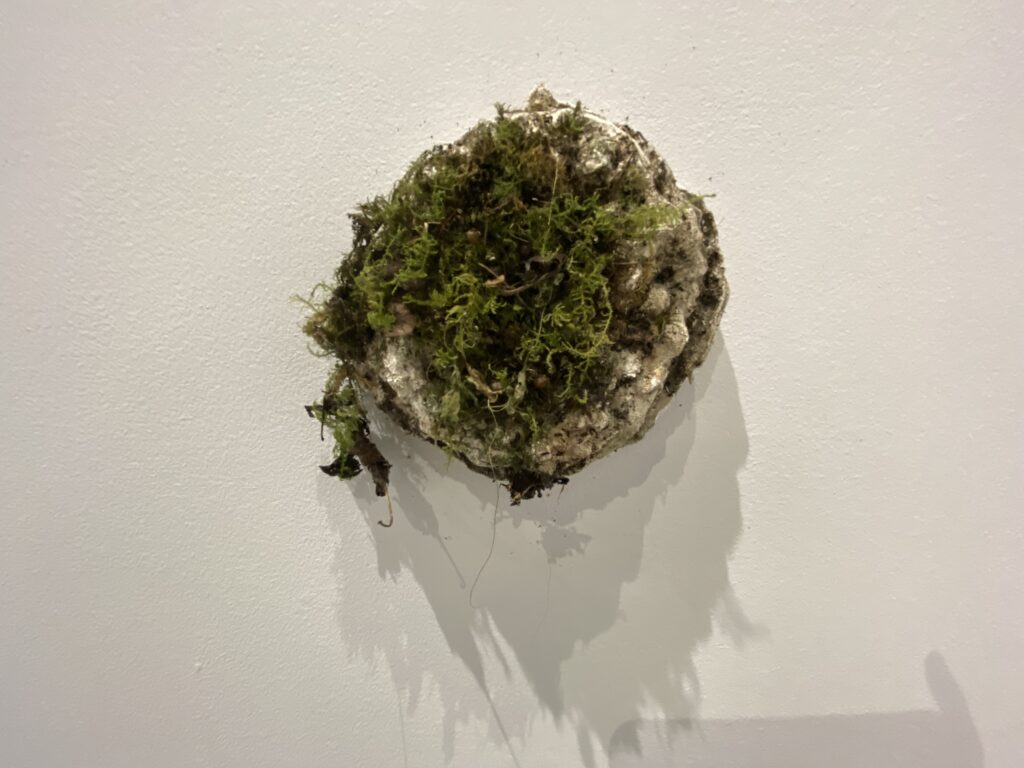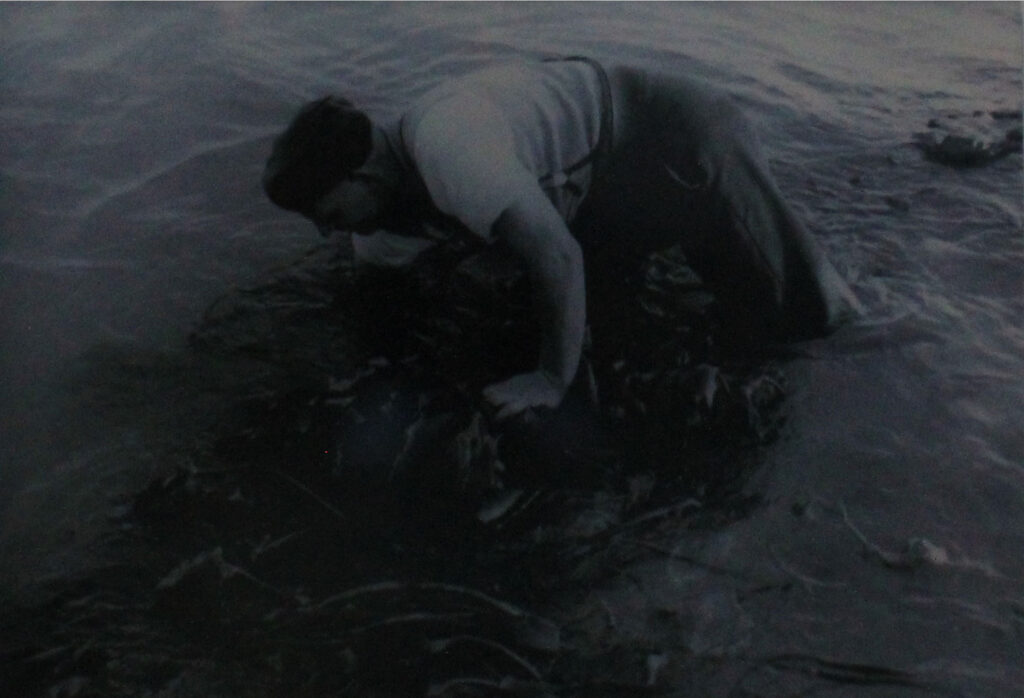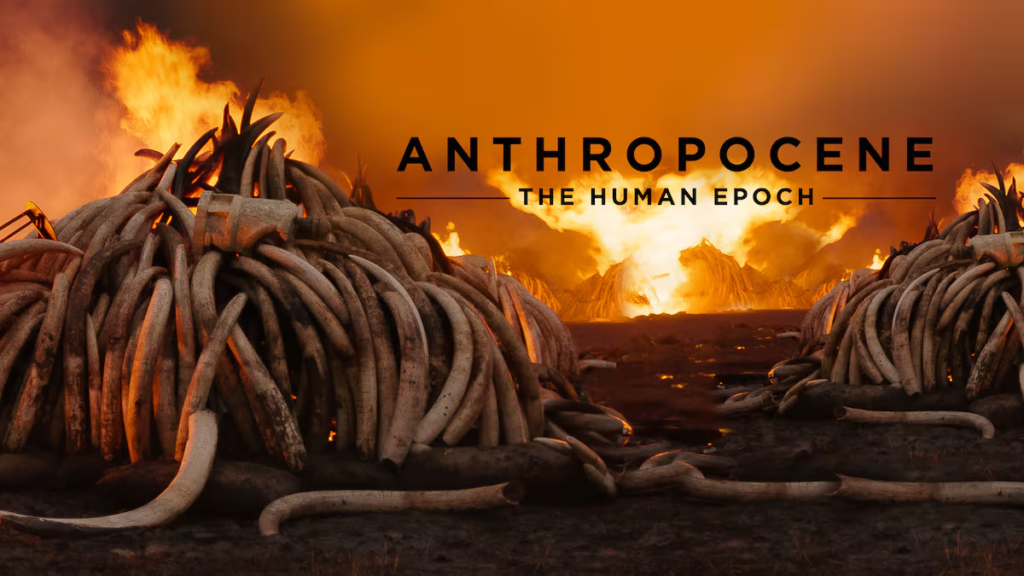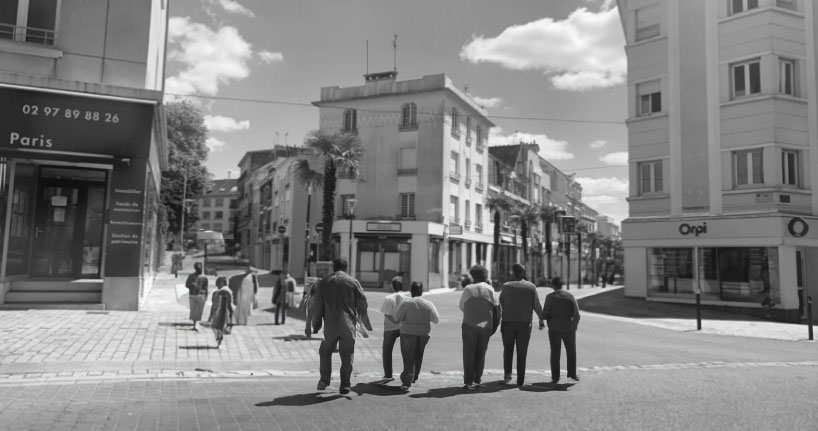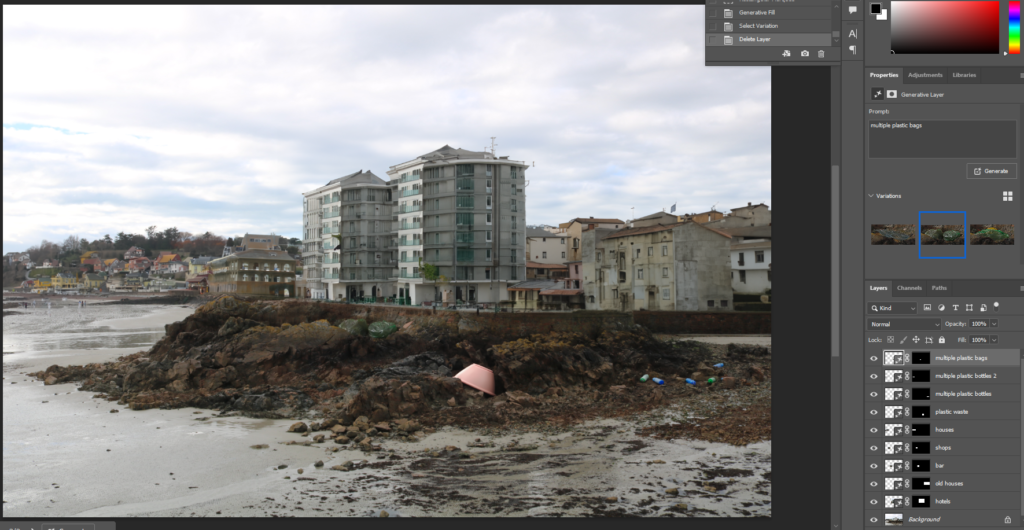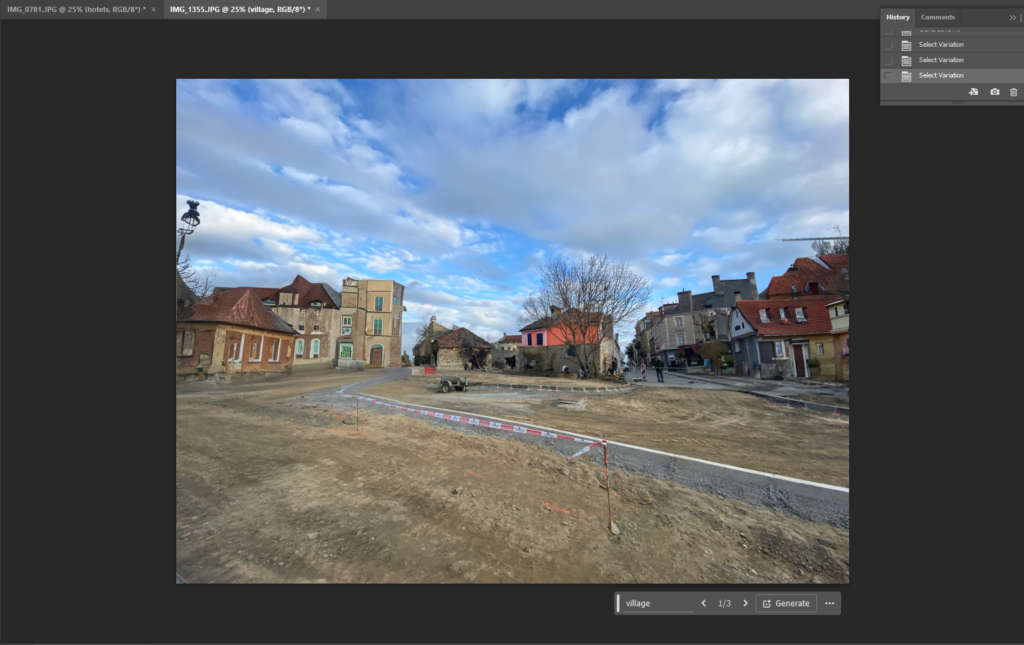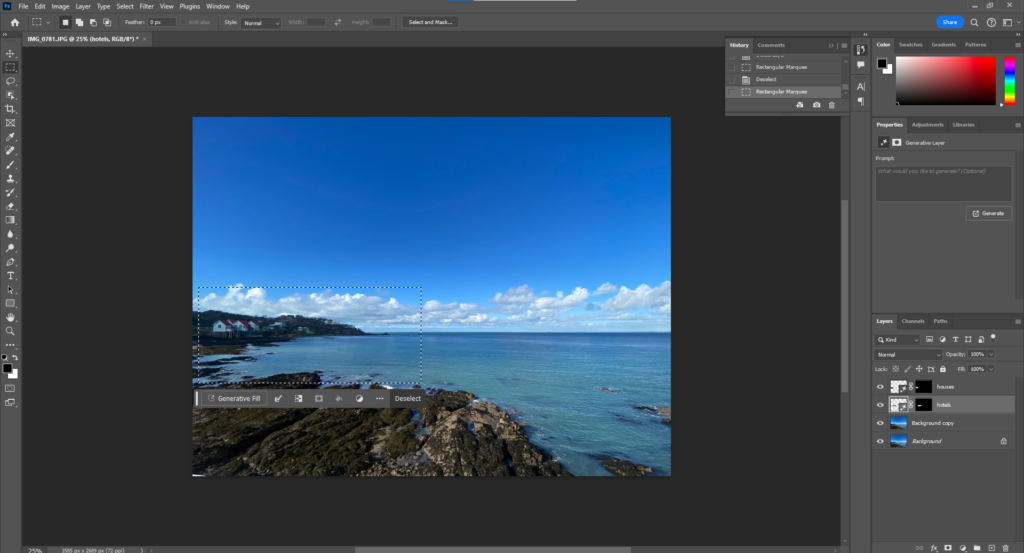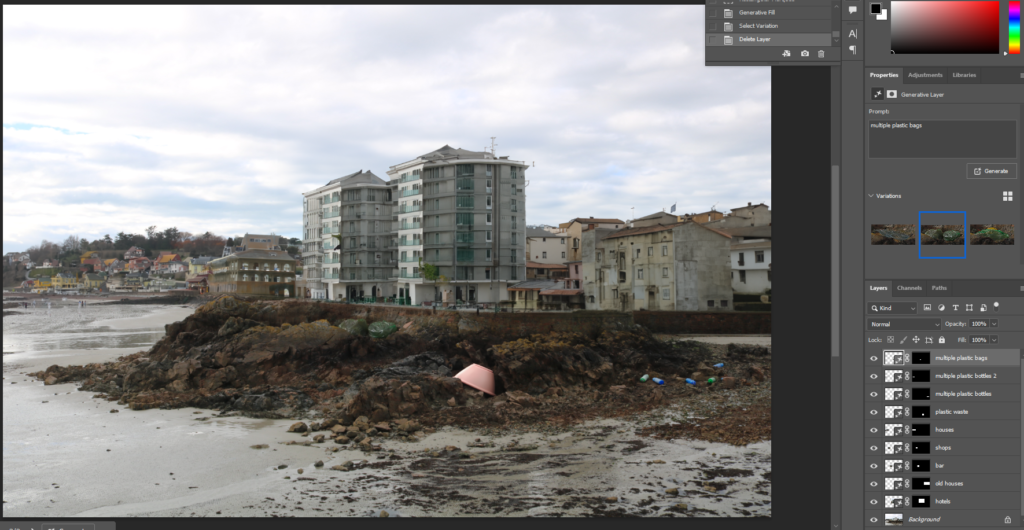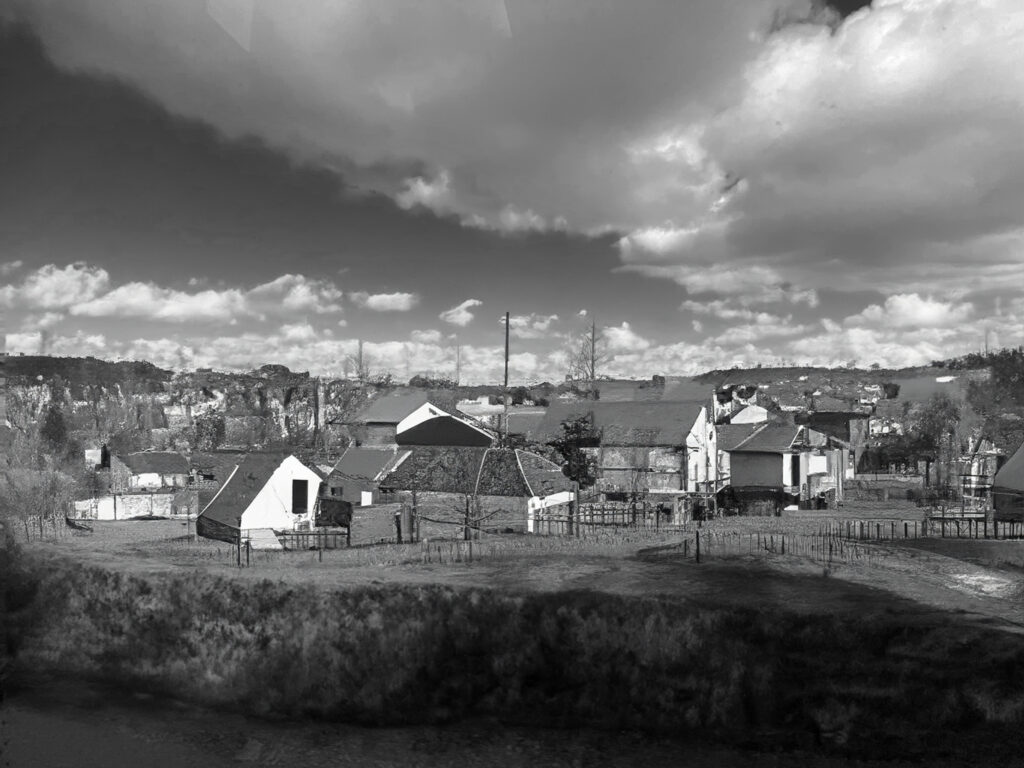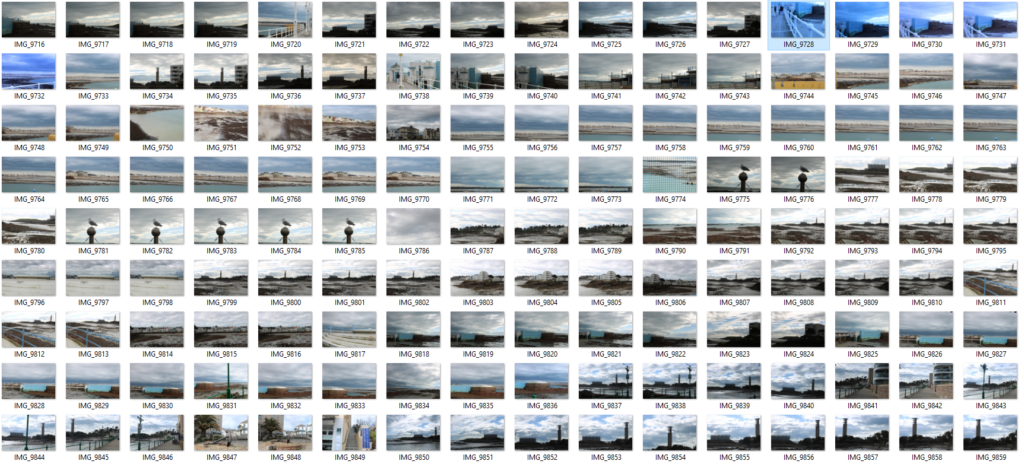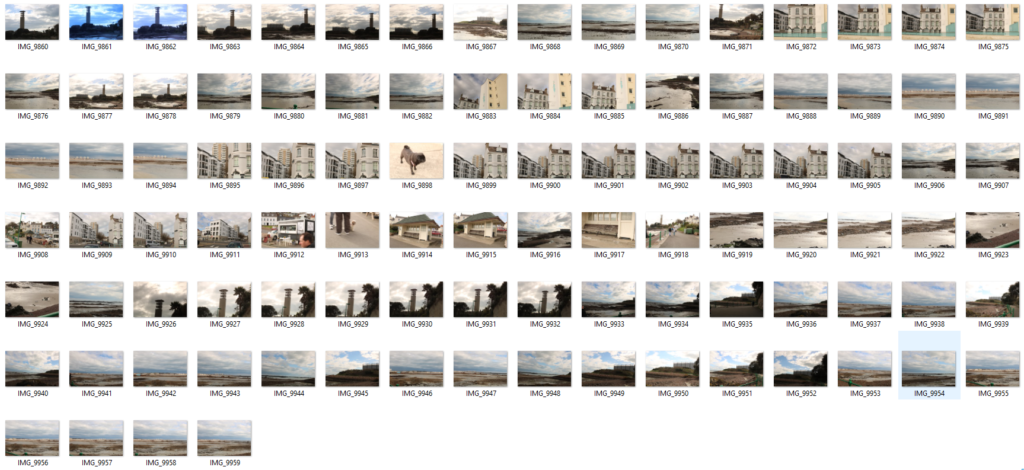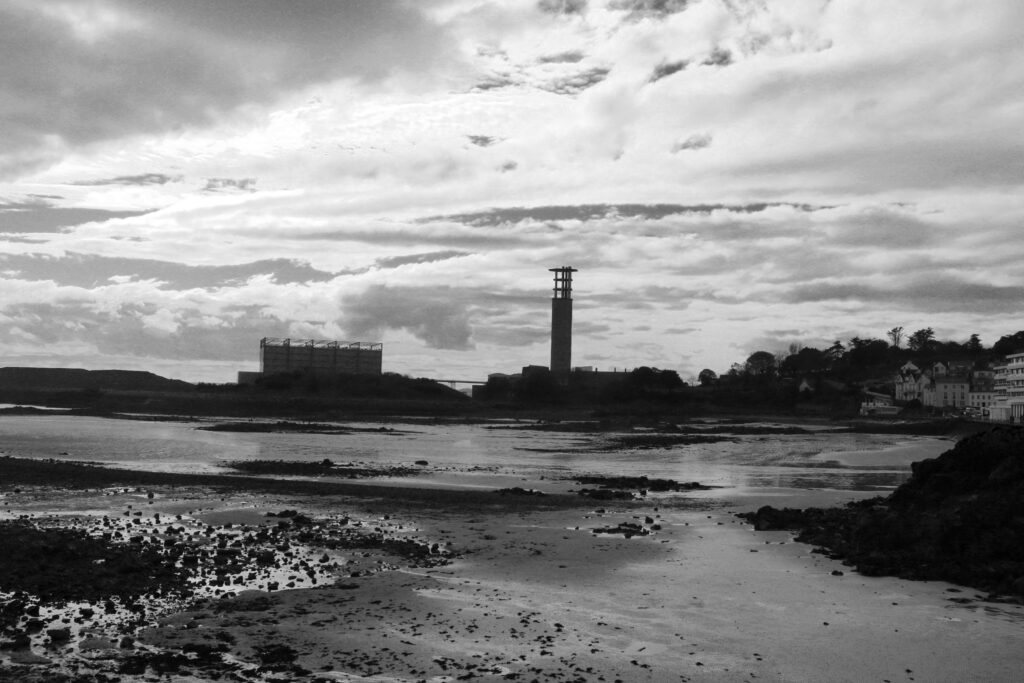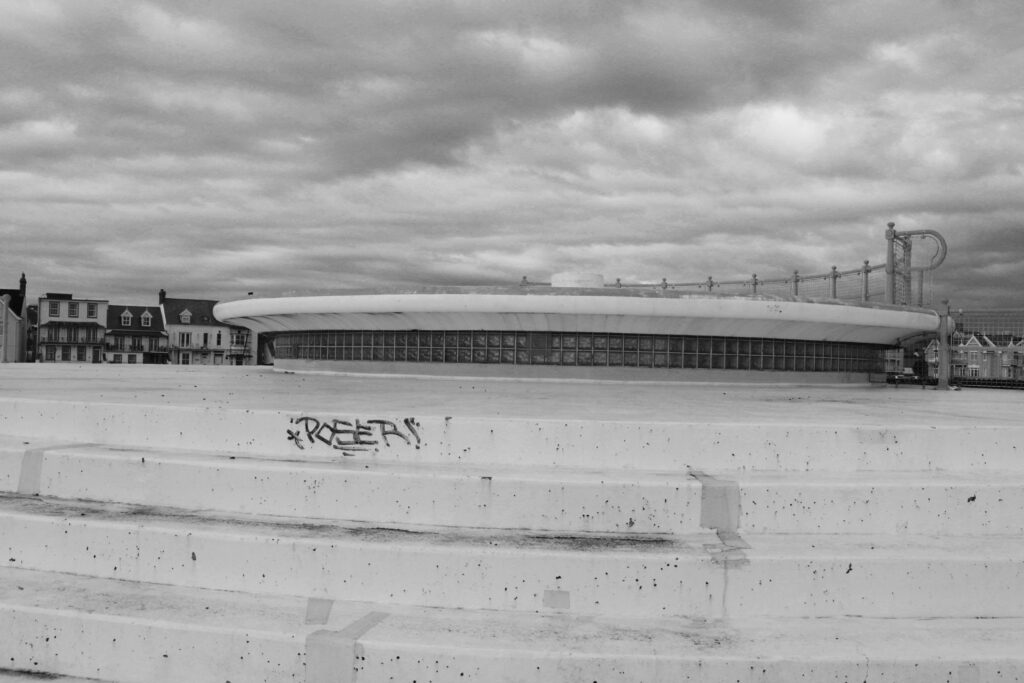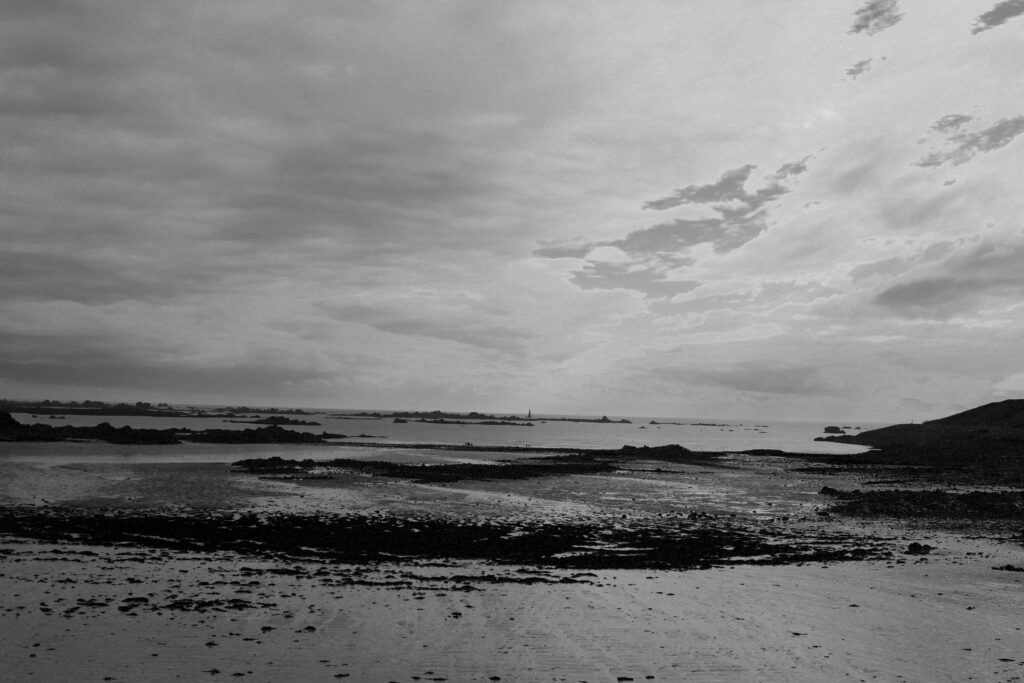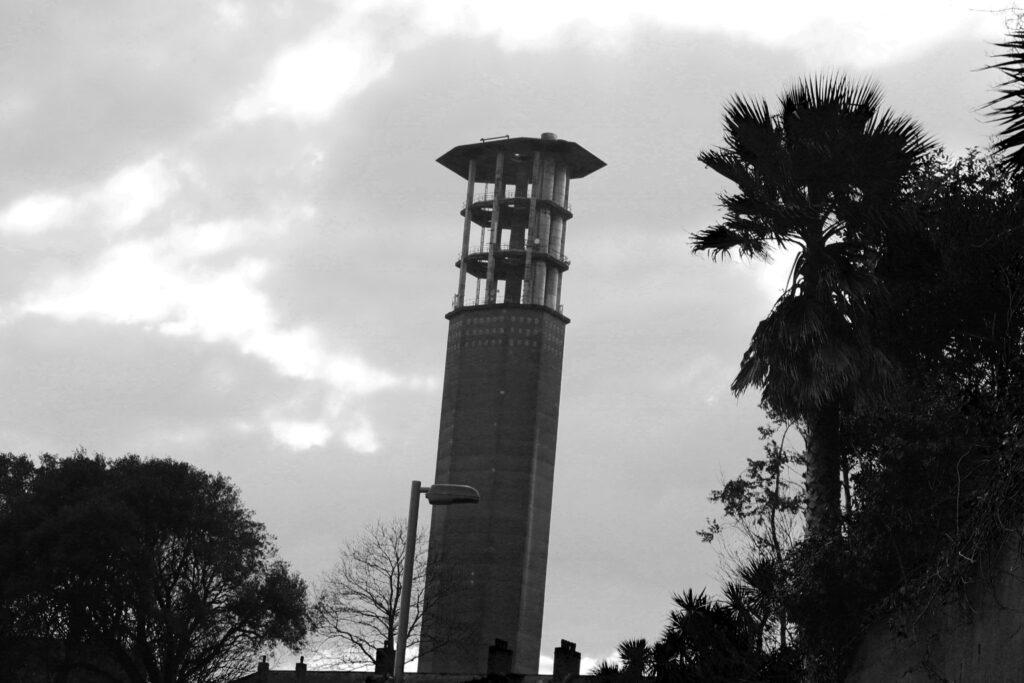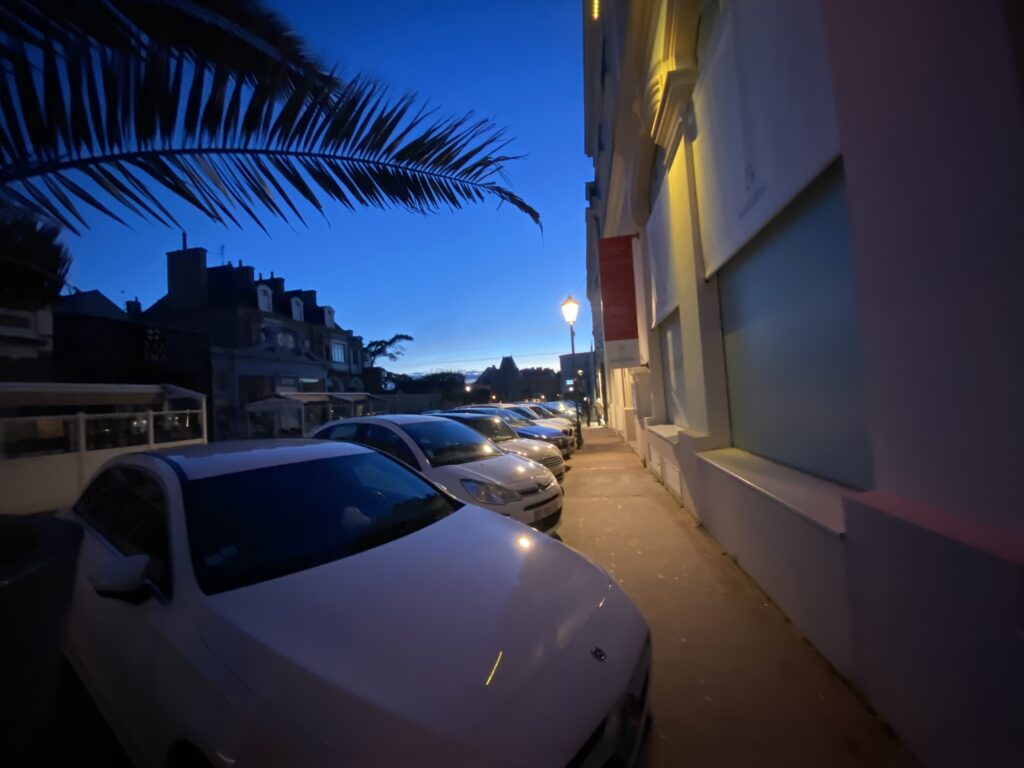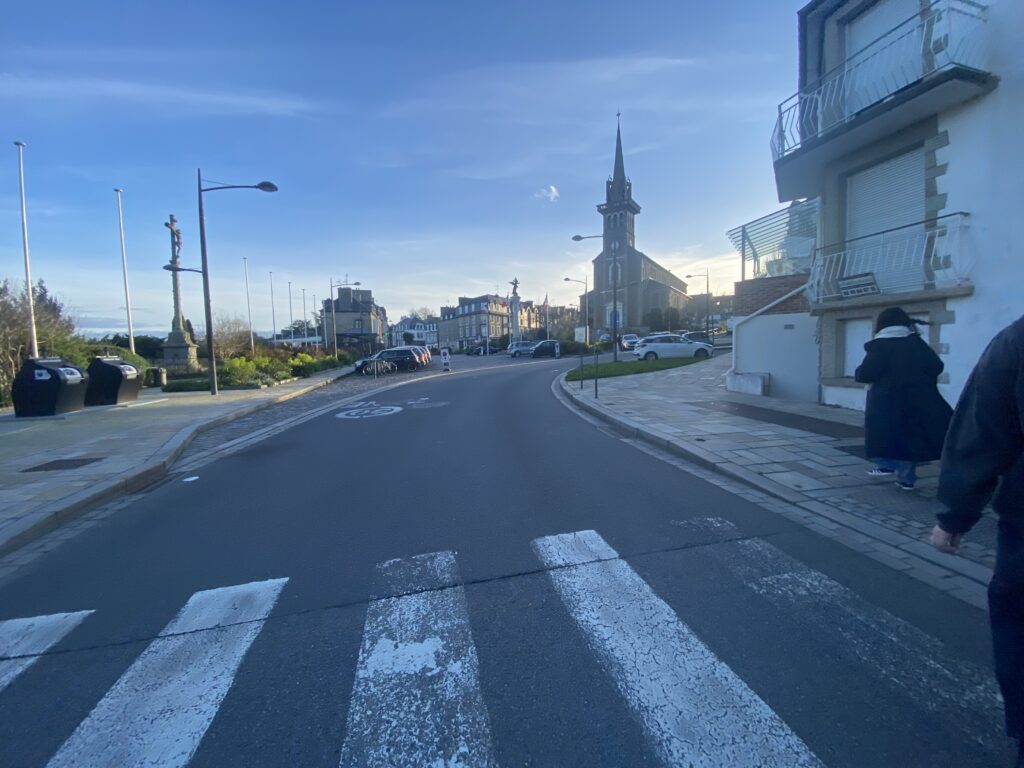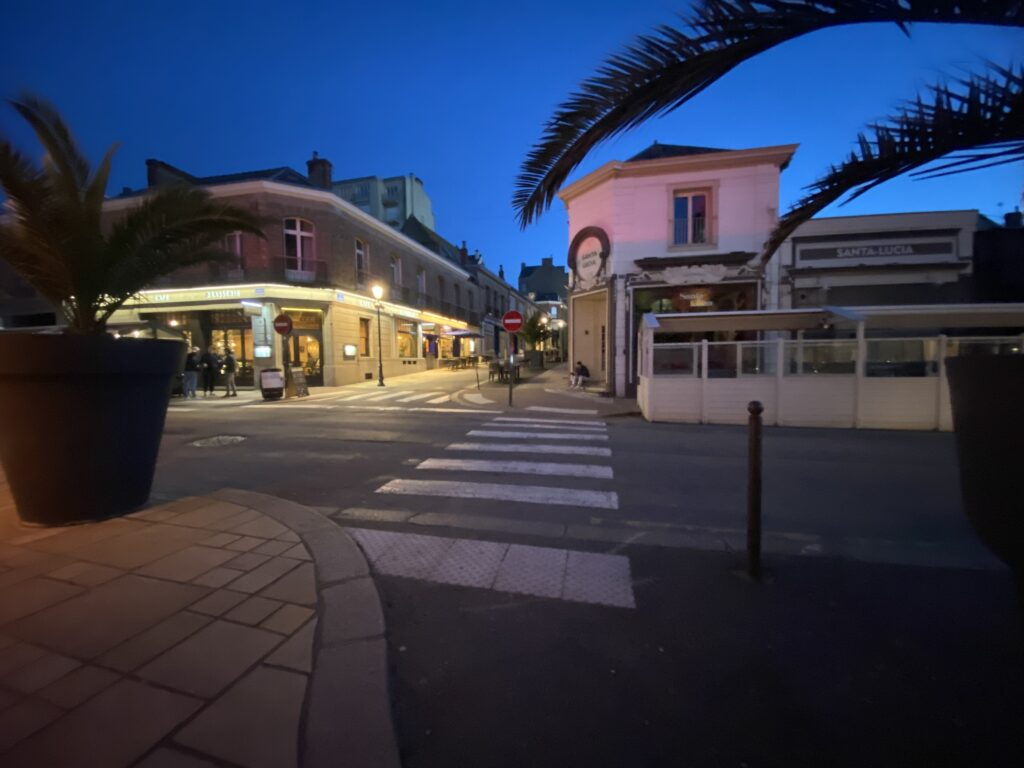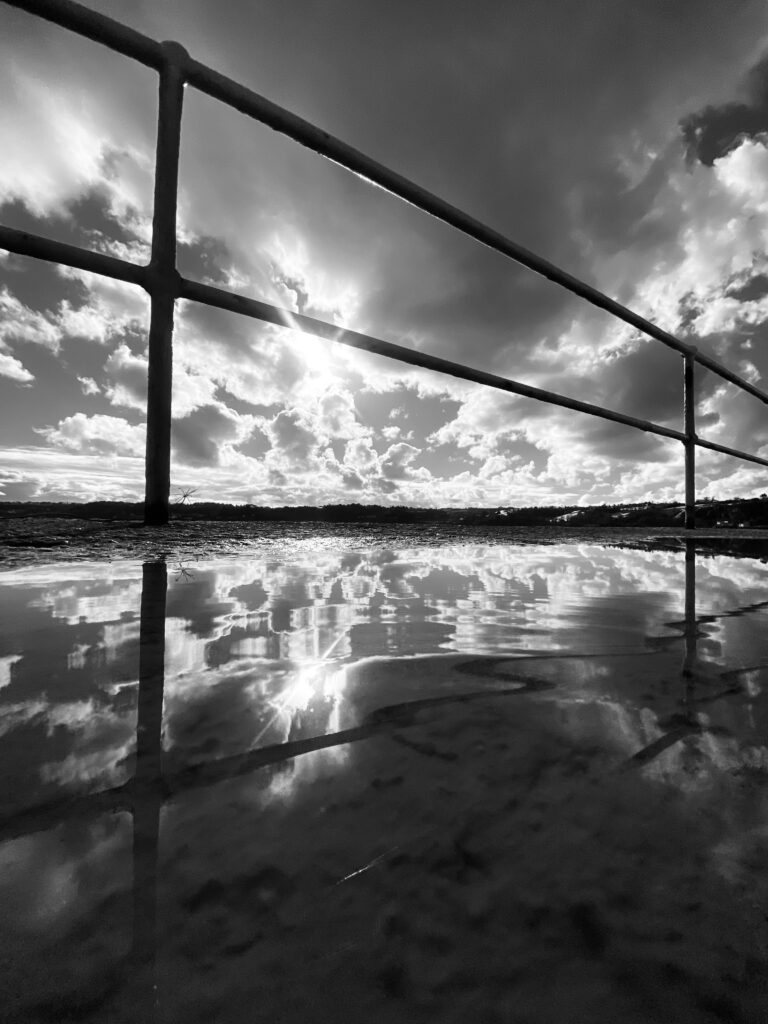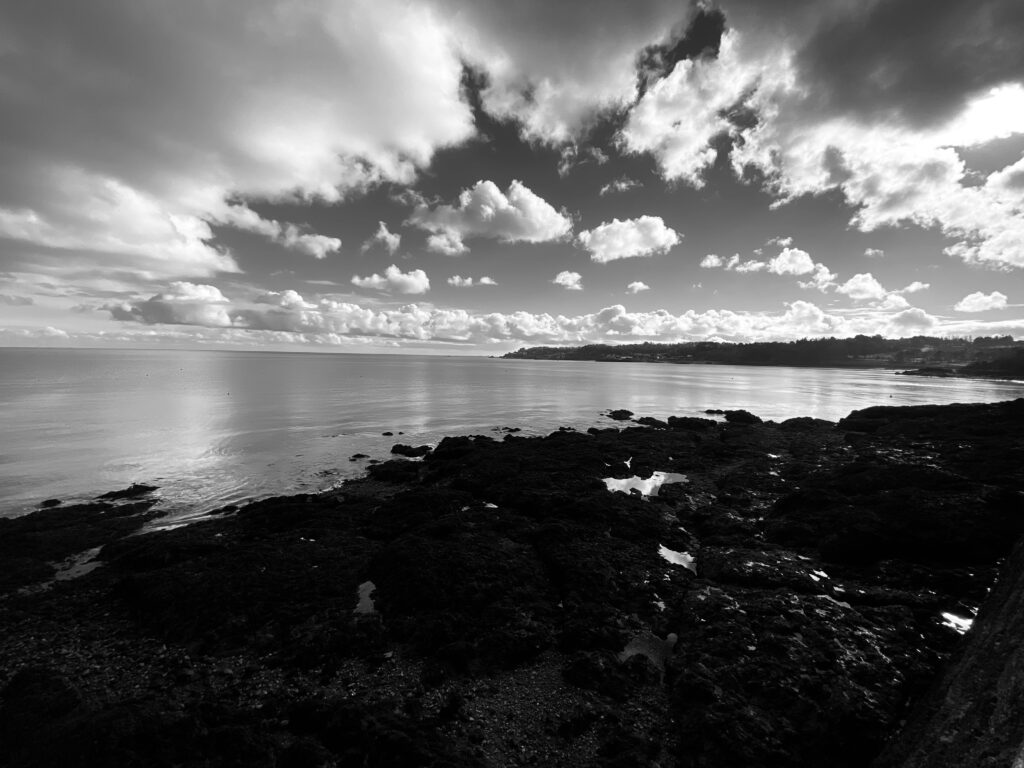“The legacy of exploration is not measured in material possessions but in the impact we leave on the world,”
Henri Cartier was a famous humanist photographer who was known for taking candid photographs. His type of photography is street photography and he has a theory known as ‘decisive moment’, when it’s considered the right time to take the photo. Henri liked to describe this as hunting without killing the thrill of waiting for the next person to walk by to capture into the photograph. Henri’s photography tends to link humanity together while other photographers tend to look for the horror in the world to capture. Its also described as an extension of the eye, Henri tends to look deeper into the photo and almost expresses a story in the photograph. He’s creating these images that create meaning without any words. another thing he added to his photography was the black and white effect as Henri believed that colour was a threat and was inferior and aesthetically limiting. This helped to add a dramatic effect to the photo. The decisive moment is meant of capture the true beauty of the moment, whole meaning of candid was to take a picture without posing, the opposite of a formal photograph where the person sits still and posses for their photo, the photo taken by Henri Cartier-Bresson were mainly picture of people walking by, these people had n idea that they would be getting photographed, that’s the beauty of it, people cant pose or try to look their best as the photo is taken in the moment, that’s why Henri Cartier-Bresson had to be very decisive of when to capture the specific photo as no one was prepared for it.




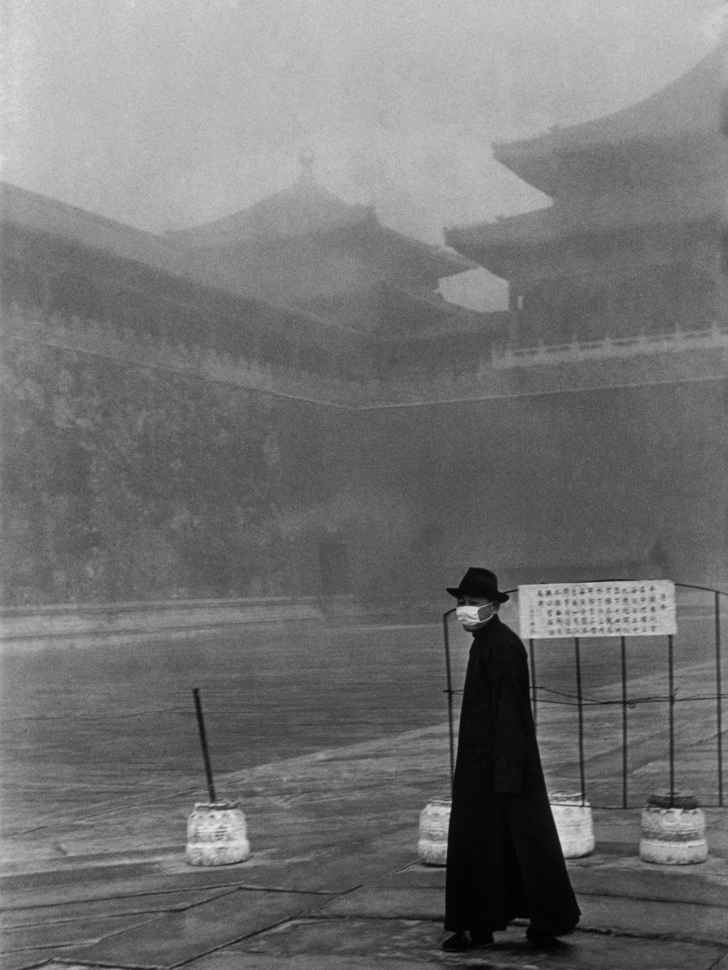

these photos above are all examples of the ‘decisive moment’, they are all pictures of people walking or standing around which shows that these people had no clue they were being photographed and these images are the best as no one can pull a face and do any signs as we would do now, these are all natural photos, The reason this is called the decisive moment is because Henri Cartier-Bresson always had to be in the right place to be able to take these photos, he had to be discrete so that no one would notice that he was taking images of people, most people when they see they are being photographed they would smile or do a pose where as these images above show that they aren’t aware of the photo, one reason is that none of them are actually looking towards the camera. The whole idea of the decisive moment is to capture a precise moment hat creates a story without knowing anything about the photograph, its the way everything is paced around and layered. All these photos were taken without the person knowing making the photo more sentimental and meaningful, there aren’t any people posing and changing the whole point and perspective of the photo. All these photos were transformed into black and white images which helps to capture the events on the street, allowing him to shape the way that major events and everyday life were captured and photographed. Henry stated that the aim of the decisive moment is to capture something that may never happen again is frozen in the frame.
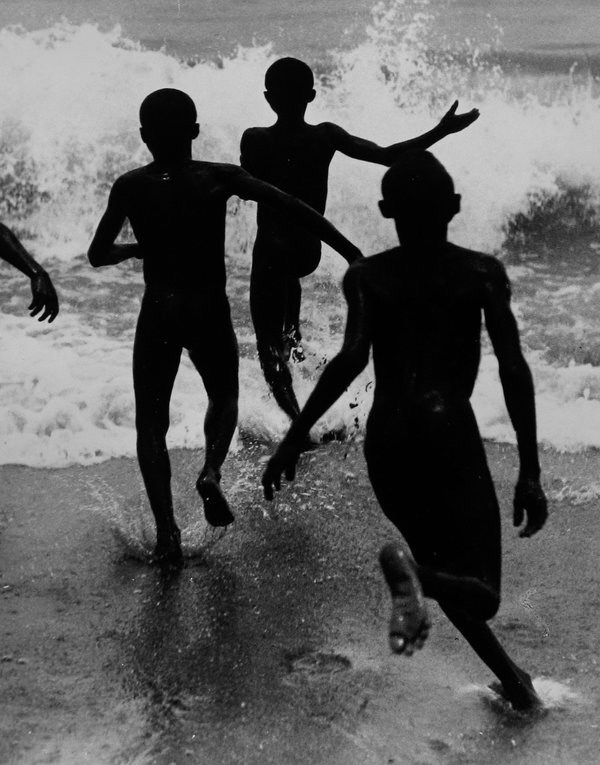
This photo shows a good example of decisive moment as it displays a moment that will most likely not happen again. These kids will supposedly grow up and not remember this moment and move in, this captures this moment and keeps its secure. This photo shows someone’s childhood and nostalgia, the black and white effects the photo by making it seem old and untouched, the colour would distract the viewer and change the whole perspective. This photo shows how precise and accurate the timing was to capture the right image, for example the way the persons foot hits the ground and makes the water splash everywhere, this shows a representation of the wave they are about to hit, they seem to be exited and happy to go into the sea, the way they are swaying their hands in the air, the image makes me feel as though they’re screaming and cheering to go swimming. The viewpoint is straight on to the children, its almost showing the same view point as the children based on the height, the camera is slightly taller than the children but still shows a similar perspective that the children may be seeing. The waves in the picture shows a different type of texture, it almost gives of a rough texture compared to the sand being soft, this could be a representation, the and is soft which is what they seem to be standing on whereas the sea is rough and cold, that’s where they are running to, this could portray the ide that the sea is there future and it doesn’t seem to be too bright, they are going to have a difficult future compared to their childhood.










